November 13: Stuttering in bleach and lights
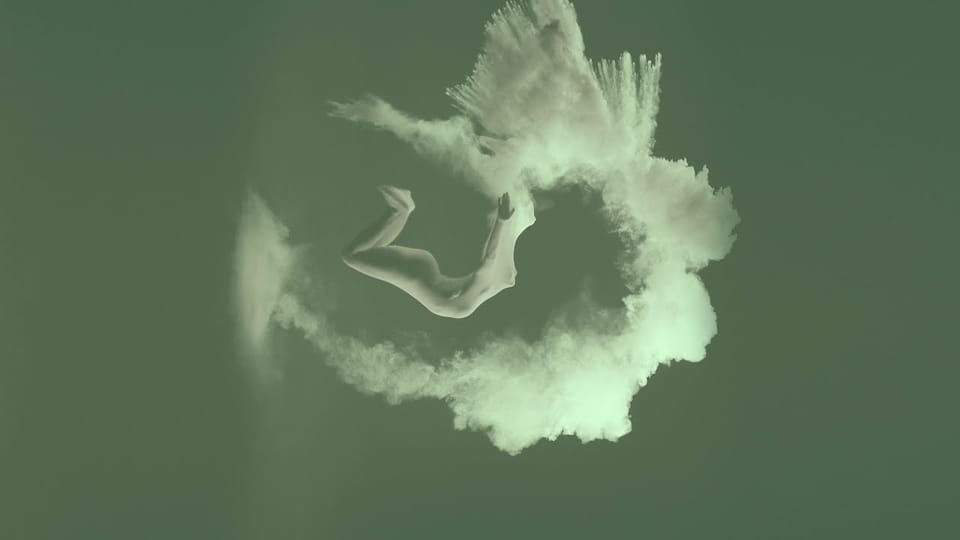
Ghosts are common to video games about racing. I remember sitting down at my friend’s then top-of-the-line computer in 1999 and firing up Need For Speed III: Hot Pursuit. I would pick my favorite car - the Lamborghini Diablo - and race against the apparition of the runs my friend had left behind. You see, the computer was smart enough to not only save my friend’s lap times, but it could project a ghostly image of his car and the exact path it took around the track so I could track, moment to moment, exactly how I measured up to his time.
Back when I taught literature and media to college students, I often referred to Charles Sanders Pierce’s catalog of signs as a way to think about how representation works. A sign is simply a thing points to another thing. It is not the thing itself, but it leads you there. According to Pierce, there are three kinds of signs,. and they vary in how they relate to the thing they lead you toward.
There are symbols - these don’t need to bear any real resemblance to the thing they point to. These words you’re reading, made up of punctuation and letters, are symbols. You’ve had to learn the signs and meanings they signify and just looking at them with no previous knowledge would give you zero clues as to what they mean.
Then there are icons, simplified reproductions that do resemble in some way the thing they point you to. You might imagine the image of a man walking at a crosswalk and understand intuitively that this is a place to cross the street, just as that man is doing.
Finally, there are indexes. An index is what has been left behind by the thing it points to. Think about a footprint in the snow or smoke from a fire. The existence of the index is evidence of the original article. There is, in other words an intimate connection between the index and its object, proof that whatever is being signified once stood here.
Indexes are powerful traces - they aren’t artful in the way that icons can be, and they are much less flexible in their application than symbols, but being in the presence of an index is a shade of being in the presence of the thing that made it.
I think about this as I play Forza Horizon 5, a wonderful game I’ll talk about below. When the game’s predecessor was new a few years ago, it was one of the few games I played online with a group of friends, breaking my usually monastic gaming practice to play car soccer or practice e-brake slides with my buddies Mark, Ian, Kyle, and Zach. In the months leading up to this new iteration I wondered if that group would get back together again to burn a little digital rubber, but then Zach died this fall in an absurdly unfair freak accident, and I stopped thinking about racing altogether.
Until, that is, I saw Zach’s gamertag pop up as an opponent in one of my races this past week. Not only his, but Mark’s, Kyle’s, and Ian’s too. You see, the Forza games have extended the idea of the ghost into something more predictive. As you drive, these games collect all kinds of information about how you like to race. How aggressively you pass, how tightly you like to corner, and often you go wide open on the throttle. Forza takes in all this data and creates a ghost of how it thinks you would drive, even when you've never taken a spin around that particular track. It then offers this information to your friends in the form of an opponent. This whole mechanism of collecting information and reproducing it like this is a black box - I have no way of knowing how accurately Forza Horizon 5 actually reproduces Zach’s way of driving around Mexico, had he had the chance to do so. But nevertheless, the aura of the index gives me the feeling of playing with something - or someone - he left behind. And so his ghost and I barrel down the side of a volcano in our McLarens and Ferraris and I think about the indexes he left in my own grey matter; memories of spilling beer on his lap at a D&D game, twice in a row, of feeling his reassurance at my shame for having gotten terribly drunk after a particularly difficult day, of harassing our friend Mark together for being just a little bit older than the rest of us. I think about how good it suddenly is to race with ghosts.
Forza Horizon 5 by Playground Games, on Xbox Gamepass
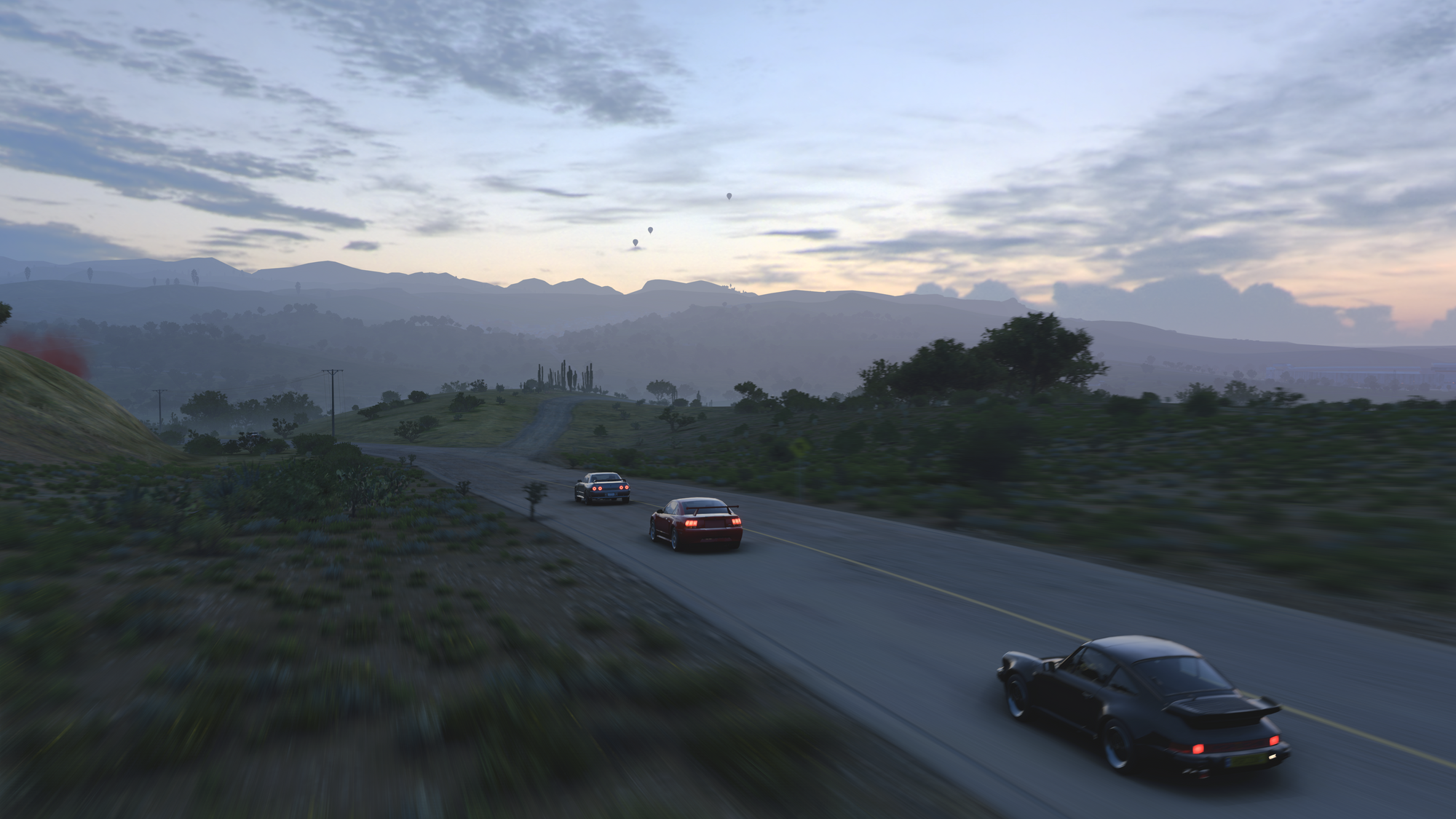
I have occasionally talked about cars in this newsletter - but for some reason my assumption has been that readers of The Crossover Appeal will be disinterested in extended car talk. Partly, I suppose, because of my own internalized biases against “car guys”, partly because my own knowledge of cars, mechanically speaking, is so limited and I feel like that will show, and partly because, let’s be honest, fast, pretty cars are the expensive playthings of the super rich; roaring testaments to fiscal and environmental excess.
But, if like me, you do still harbor a soft, guilty spot for going fast and looking great while doing it, it’s hard to imagine a better answer for scratching that itch than the new release on Microsoft’s gaming platform, Forza Horizon 5. Lightly themed around a music festivalesque concept and set in a gorgeously realized version of Mexico, FH5 is a bacchanalian celebration of all things automotive. This game is a virtual theme park, less interested in testing your skills as a racer, and more interested in testing your capacity to embrace its huge, wide ranging collection of painstakingly realized cars, environments, and challenges. It treats racing the same way the Assassin’s Creed games treat history - as a convenient backdrop to show players a million and one cool, if completely implausible things. Looking for something lovely to look at with hours of things to explore and zero pressure to perform at a high level? Look no further.
Space 1.8 by Nala Sinephro
I occasionally make music recommendations in genres and traditions that I know very little about. And while I have dabbled here and there in jazz and ambient synth music, to be honest, listening to Nala Sinephro’s gorgeous new record I know that I love it, but I also feel like it arrives to my ear ex nihilo, sounding like nothing else I’ve listened to this year. It’s a gentle, textured listen - soulful and nostalgic, delicate and righteous. Each track is titled “Space” followed by a number. It is space-making music in the sense that when a song plays, your space feels lightly transformed by an intoxicating mix of organic and synthetic sounds. Sinephro herself is an accomplished harpist as well as a creative fiend on the modular synthesizer, and alongside her jazz ensemble, this lends her music a bewitching, alternating quality, one moment recalling the wondrous quiet of sitting as a child in your mother’s arms, the next, pulling you into some cosmic adventure, technicolor projections dancing along all the walls. Space 1.8 might be my favorite instrumental album of the year, and it’s perfect for your after dark get together and fireside chats.
The Red Shoes (1948) d. Michael Powell and Emeric Pressburger
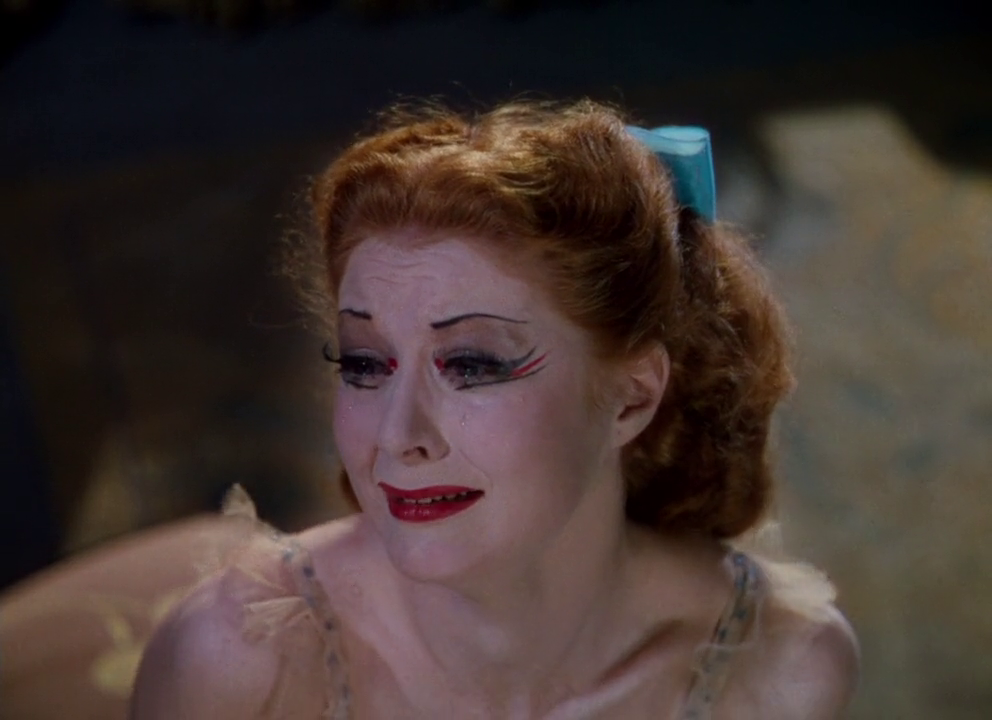
Now that the spooky season is well over and done with, you might agree with my partner that it is time to emerge into gentler viewing habits. To tell the truth, The Red Shoes isn’t exactly without its shocks, but it is a lush and vibrant firebrand of a movie whose first half is, without question, some of the most triumphant and exhilarating filmmaking I’ve ever seen. The Red Shoes is about three principal characters: a world renowned ballet producer whose shows are so wonderful that, in the opening sequence, hundreds, thousands of people wait, ready to stampede, for six hours just to get a seat. The other two characters run parallel beneath the producer’s gaze - a young composer just getting his start and looking for that first big break, and a young ballet dancer, looking for the same. The drama that tumbles out of this triangle is the stuff of cinematic legend. You’ll recognize throughout its runtime a whole host of movies about genius, obsession, and the weight of creativity. I saw shades of Black Swan (2010) and Whiplash (2014) especially, though without the same investment in testing whether or not genius is worth the cost. It’s a thrilling watch and offers you something new and wonderful to see every moment. I can’t recommend watching it highly enough.
Squaring the Circle by Sneaker Pimps
Sneaker Pimps are 25 year veterans of the down tempo, electronic scene, and have returned this year with a subtle, melodic LP that combines tuneful pop songwriting with trip hop atmospherics. Ok first listen some of Squaring the Circle might feel like it’s about to fade into the background of a teen drama, mellow and melodramatic. But return to the record a few more times and those meandering tunes transform into subtle ear worms, full of hidden hooks attached to Chris Corner’s delicate vocal approach along with Simmone Jones’ whose frequent collaborative presence on the record contributes heavily to its the ethereal texture of it all. There might not be any reason to believe Squaring the Circle will be an instant classic, but it’s an album with surprising staying power, fitting in just as well on a road trip playlist as a low key dinner soundtrack as a drift-to-sleep bit of meditation. Don’t overlook it in the mad rush of releases we’ve seen this fall.
Thank you for reading this week. See you here same place, same time next Saturday. Take care of yourselves and each other.
Jordan Cassidy




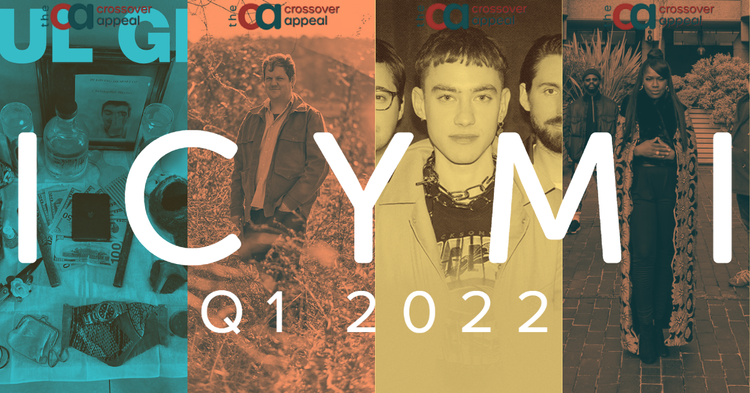
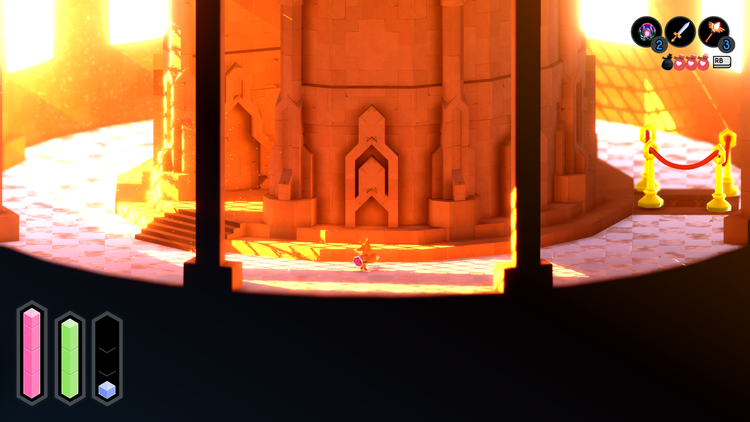
Member discussion